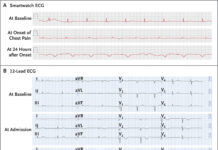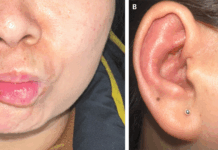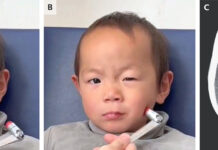A woman presented to the emergency department with intermittent abdominal pain and no other associated gastrointestinal symptoms. Examination showed thickening of the appendix and she was referred for a laparoscopic appendectomy. While the surgery was still going on, worms started crawling out of her appendix!
A 33-year-old woman reported to the emergency department with a complaint of intermittent pain on the right side of her lower abdomen. The pain was not associated with any other symptoms, such as, diarrhoea, vomiting or fever. Similarly, she had no recent history of travelling either.
Physical examination
Physical examination of the patient revealed tenderness in the right lower quadrant, suprapubic area and right flank of the abdomen. There was no guarding or rebound tenderness associated.
Further laboratory testing showed a leukocyte count of 15,000 per cubic millimeter (reference range, 4000 to 10,000), a neutrophil count of 13,000 per cubic millimeter (reference range, 2500 to 7000), and a normal eosinophil count. To confirm diagnosis, a CT scan of the abdomen was performed which showed thickening of the appendix with no signs of perforation or fecalith, a stone made of hardened feces of varying sizes. The hardened lumps of feces may occur anywhere in the intestinal tract but are more commonly found in the colon.
The patient was referred for a laparoscopic appendectomy.
During surgery, worms were seen emerging from the appendiceal stump
After removal of the appendix, worms were seen emerging from the appendiceal stump during surgery.
The worms were sent were histopathological analysis and identified as Enterobius vermicularis. Infection with parasitic worm E. vermicularis commonly causes perianal pruiritis. The worms often migrate from the site of infection to the urinary and genital tract causing infections.
The patient was prescribed albendazole after surgery. She reported with no other complications or recurrence 1 year later at follow-up.
References
Julien, C., & Omouri, A. (2020). Parasite in the Appendix. New England Journal of Medicine, 383(11), e72.




